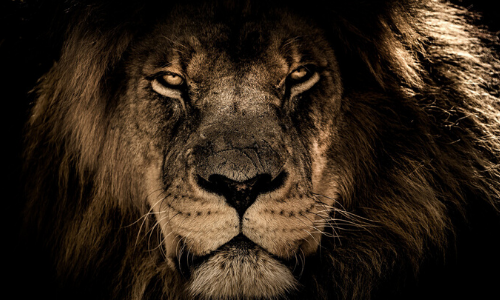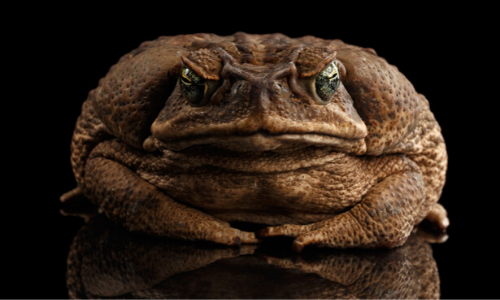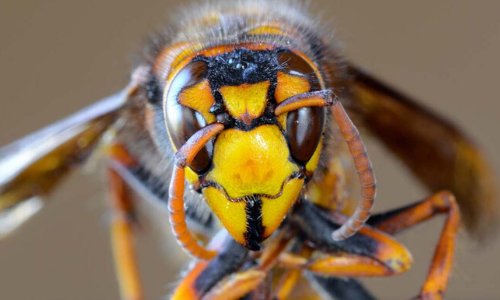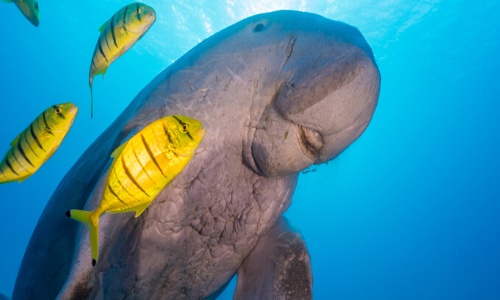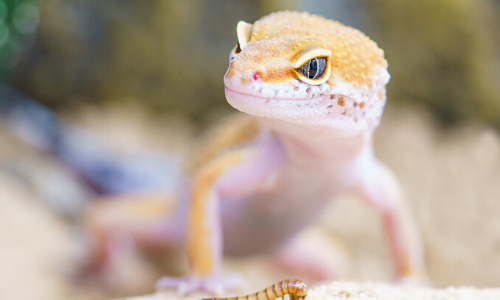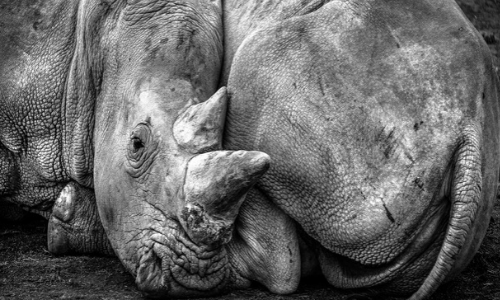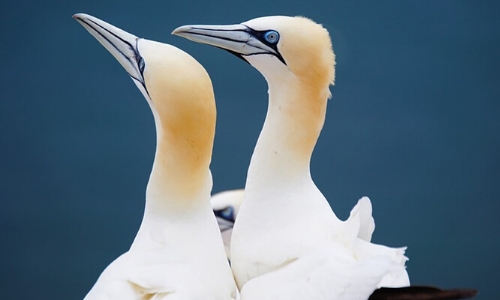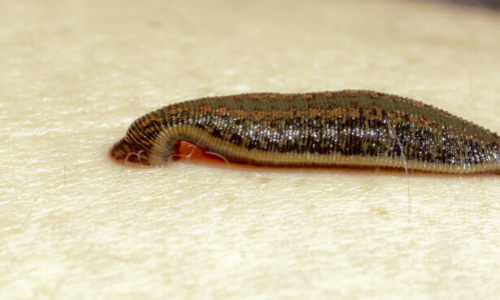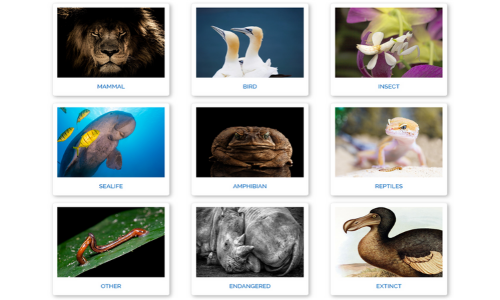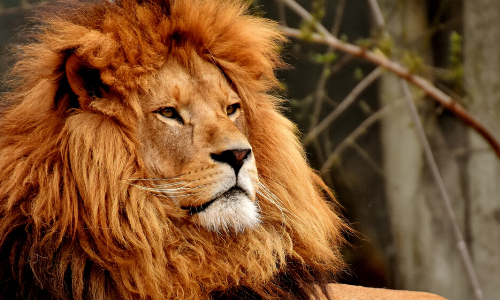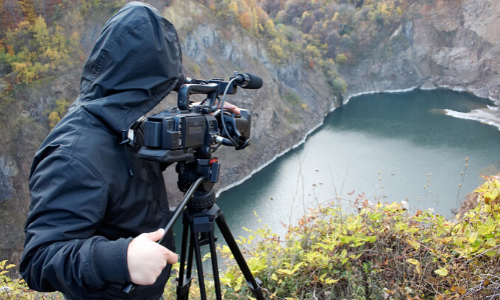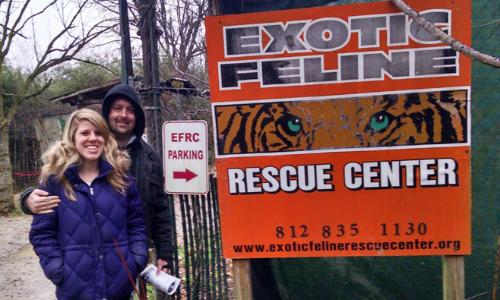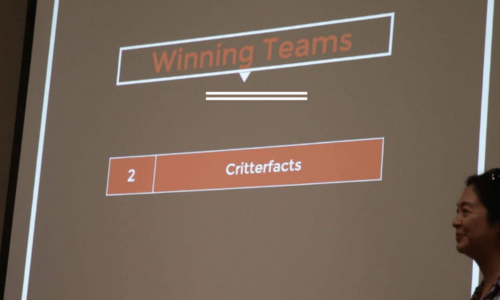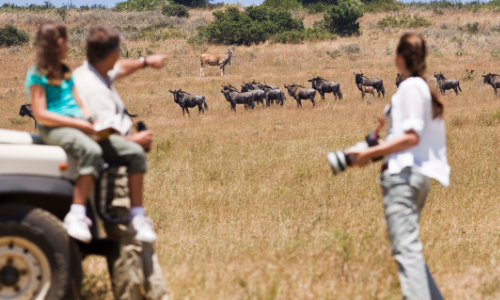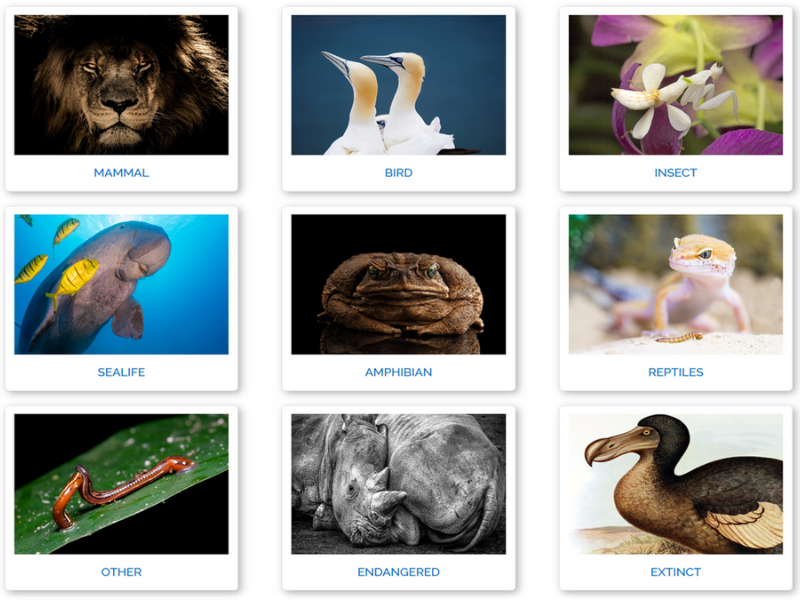
Skinny Pig
Skinny pig care is the same as a guinea pig’s except they need to eat more than guinea pigs so their metabolism burns higher to keep warm.

Crested Porcupine
When defending itself, the crested porcupine will run backwards and ram the attacker with its quills so they lodge into the predator’s skin.

Tiger Tail Seahorse
Instead of scales, the tiger tail seahorse has tough skin stretched over bony rings which makes them undesirable to prey as food.

Nilgai
Nilgais will commonly share their territory with other herbivores but food competition is not a problem as they can reach high branches.

Peruvian Pelican
The Peruvian pelican has air sacs under the skin around its neck that act like an airbag before the pelican meets the water at high speeds.

Abyssinian
The Abyssinian’s main coat trademark is their “ticked” coat, which means every strand is a varying pattern of light color with dark bands.

Azure Damselfly
Due to their insect predator diet, gardeners consider azure damselflies very beneficial and will make favorable habitats near their gardens.

Spring Salamanders
April showers bring May salamanders? In the state of Michigan, vernal pools are critical for the reproductive success of natal amphibian and insect species.

Cottonmouth
Cottonmouths don’t flee when threatened and will expose the white interior of their mouth while vibrating its tail though there is no rattle.

Moon Bear
Moon bears propel themselves with their long, hooked claws and upper bodies so much so that they could easily climb with broken hind limbs.

